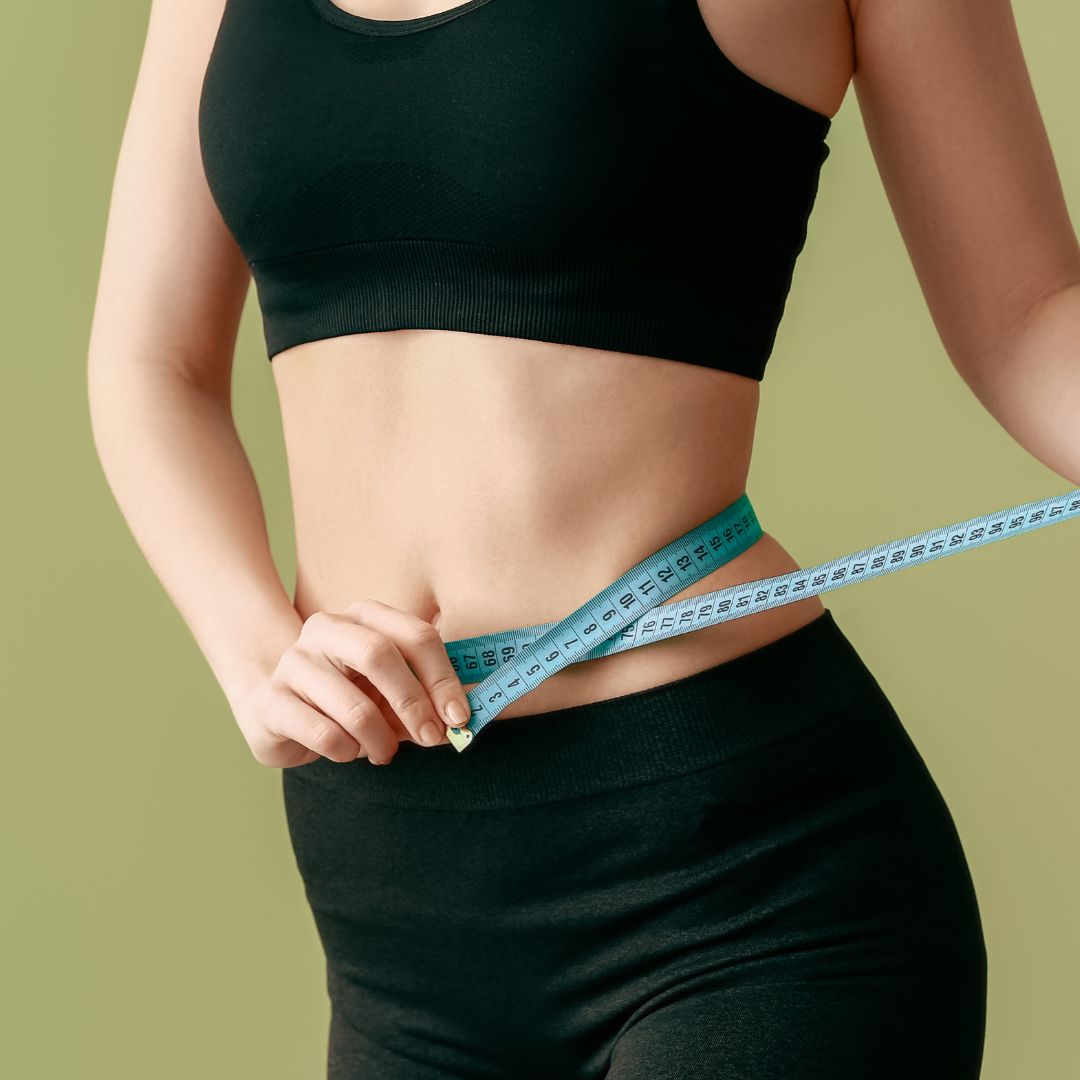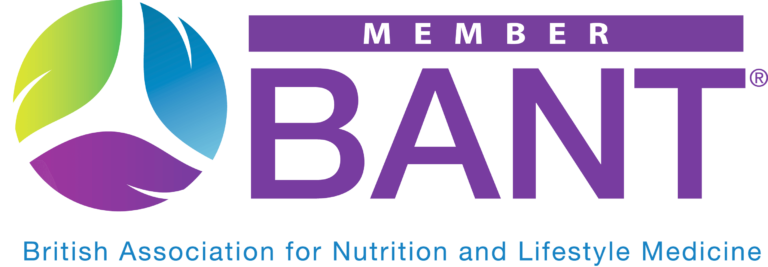Iron deficiency anaemia
Iron deficiency anaemia is the most common nutritional deficiency worldwide – including in the West.
As well as infants, vegetarians, vegans and young women are particularly at risk due to inadequate dietary intake and menstrual blood loss. If they weren’t already (and many are!), a large percentage of women emerge from pregnancy iron deficient. This is frequently left undetected since a woman’s iron store (we use ferritin a surrogate marker for this) is not routinely measured in pregnancy or postpartum in the UK. People who suffer from gut issues such as coeliac disease (many of whom are undiagnosed), inflammatory bowel disease (IBD) any anything else that causes inflammation in the intestine such as SIBO, are also at risk. Frequent use of antacids or PPIs (acid suppressing medication) is yet another risk factor.
The fact is, that low iron stores – with or without frank anaemia – can make us feel pretty awful: fatigue, weakness, lethargy, dizziness, breathlessness, restless legs, insomnia, frequent infections, brittle nails, hair loss, pale skin – the list goes on. If you recognise these symptoms, ask your GP for a ferritin test (in addition to the usual full blood count). You want to be in the “optimal” range”, i.e. NOT at the bottom of the so-called “normal range” which is enormous (about 20-150 ng/mL for women)
What is the RDA for iron?
Menstruating women need 14.8mg iron every day. Men/women not having periods need 8.7mg.
Women who are very active, have heavy periods or are pregnant/breastfeeding need more.
Why do we need iron?
Iron’s most important and best known role is in making haemoglobin – a protein contained in red blood cells that transports oxygen from our lungs to our tissues.
Iron is vital for maintaining a healthy immune system.
About 6% of body iron is contained in proteins involved in making energy, and in enzymes which help make collagen & neurotransmitters.
How can I boost my iron levels?
Choose iron-rich foods
There are 2 types of dietary iron: HAEM and NON-HAEM.
Haem iron comes from animal sources (red meat, liver, fish, eggs, seafood) and is much more bioavailable. This means it is easier for your body to absorb (up to 40%) and use this type of iron.
Non-haem iron is present in plant-based sources (tofu & tempeh, wholegrains, green leafy vegetables like spinach, nuts like cashews, seeds e.g. pumpkin seeds, dried apricots and raisins, beans, lentils and fortified foods such as breakfast cereals. This iron is much less bioavailable; in fact, only around 5% of this iron is absorbed.
So haem iron is about 8 times better absorbed!
Maximise what you absorb
- Eat non-haem iron sources with a source of vitamin C e.g. iron fortified cereal with strawberries or kiwi; spinach with tomatoes; tofu with bell peppers or brocolli
- If you do eat animal products, having some meat/fish with your plant-based iron source increases absorption of the non-haem iron
- Some foods contain “anti-nutrients” which bind with iron and reduce its absorption: Cereals, legumes and seeds contain phytates; tea, coffee, wine and chocolate contain tannins; milk and dairy contain calcium; & greens, nuts and seeds contain oxalates. All very healthy foods, but all inhibit iron absorption! The way to deal with this is to avoid drinking tea or coffee with meals or for an hour either side. Take your iron supplements (if applicable) away from meals containing lots of these foods and avoid tea/coffee and calcium supplements for 2 hours either side.
- Cooking your sources of non-haem iron, soaking nuts and seeds and using sprouted seeds and grains will maximise absorption
Finally….
*NEVER supplement iron without first establishing your iron status as too much can be toxic and cause organ damage. Test don’t guess!
*If you are prescribed an iron supplement by your doctor it is likely to be ferrous sulphate or fumerate. Many people give up because the tablets often causes some pretty nasty side effects: constipation and tummy pain. Don’t despair! Look for the bisglycinate form which is effective at raising levels but minus the GI issues. It’s expensive though, which is the only downside.
















